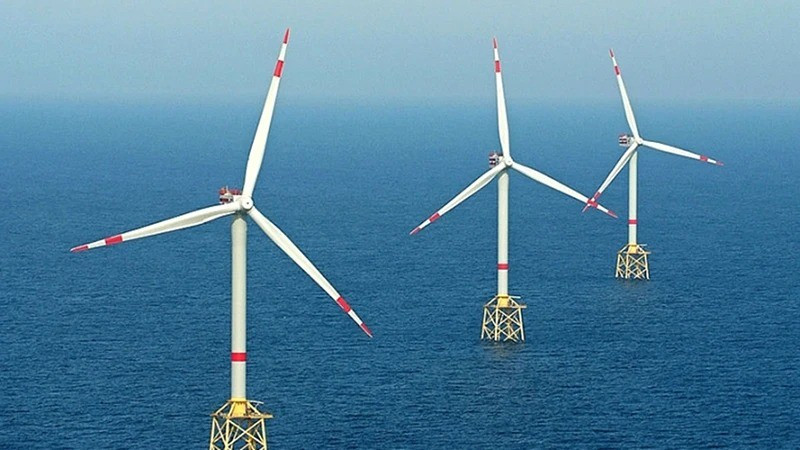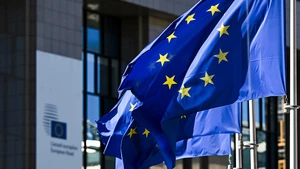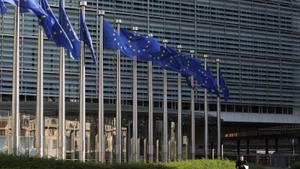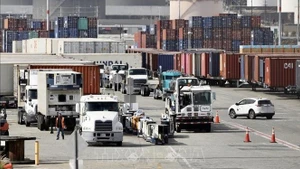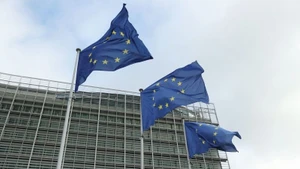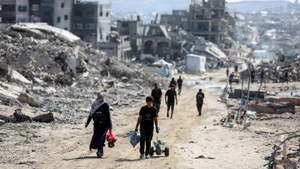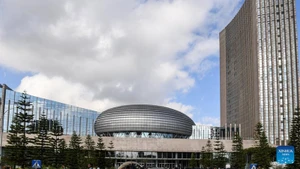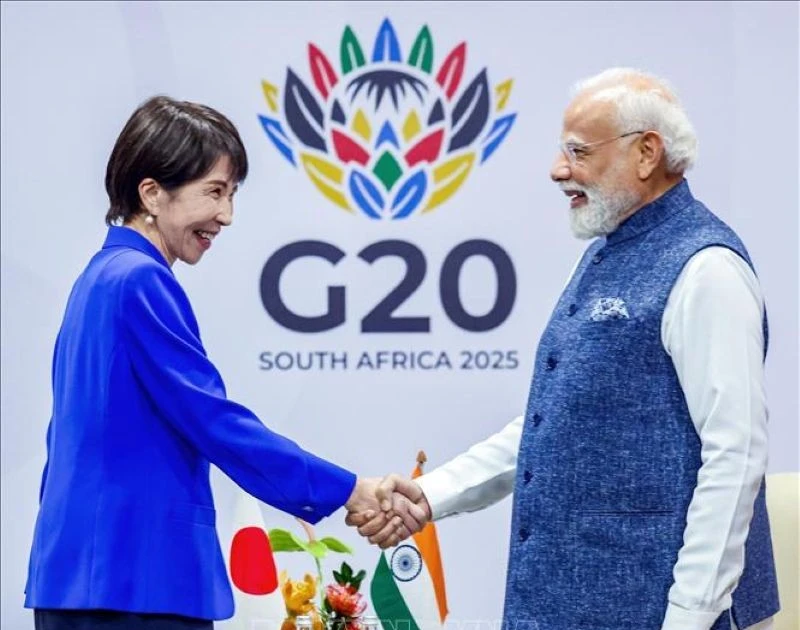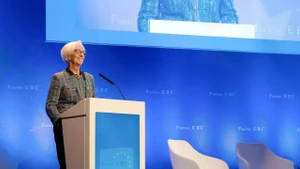The EU is expected to announce a proposal in the first quarter of 2025 to reduce greenhouse gas emissions by 90% by 2040, compared to 1990 levels. This is considered a crucial stepping stone towards the goal of carbon neutrality by 2050 and is a central objective of the European Green Deal.
However, the EU Commissioner for Climate Policy, Wopke Hoekstra, recently revealed that the bloc has been forced to delay the announcement of its 2040 emissions reduction target due to an inability to reach a consensus among member states.
The biggest “stumbling block” in current climate negotiations is the disagreement among member states regarding the EU’s proposed 90% emissions reduction target by 2040. Peter Liese, a lawmaker from the European People’s Party – a key political force in the European Parliament – argued that the 90% target is overly ambitious and could negatively impact the growth prospects of EU industries. Italy has suggested lowering the target to 80% or 85%, while other countries such as the Czech Republic, Slovakia, and Hungary have expressed doubts about the feasibility of achieving such a goal.
This is not the first time EU members have been divided over climate targets. The EU Green Deal has encountered opposition from several countries, which argue that environmental protection regulations impose difficulties for businesses, especially in the context of rising energy prices and weakening global demand. Czech Prime Minister Petr Fiala is concerned that the EU cannot simultaneously achieve two objectives: reducing emissions by 90% by 2040 and elevating its industrial sector to a leading position. The Czech leader has affirmed that he would continue “seeking allies” within the EU to amend this agreement.
In addition to facing pressure from the governments of some member states, the EU must also find a way to balance climate policy with the interests of businesses. The European Commission (EC) recently made concessions by agreeing to relax carbon emission regulations for the automobile manufacturing sector. This move comes as European carmakers are simultaneously confronting increasingly fierce global competition and stringent requirements for reducing carbon emissions.
Challenges continue to mount as the EU navigates its green transition, bearing the heavy consequences of climate change. According to a newly released report by the EU’s Copernicus Climate Change Service (C3S), last March recorded the highest temperatures in Europe since data collection began. This unprecedented heat has led to increasingly frequent and contrasting extreme weather events across the continent. Some regions experienced their driest March on record, whereas others saw the highest levels of rainfall in nearly half a century.
Statistics from the European Environment Agency (EEA) indicate that climate-related issues have been responsible for between 85,000 and 145,000 deaths across Europe over the past 40 years. Alarmingly, climate risks have become a constant threat to energy and food security, ecosystems, infrastructure, water resources, the economy, and the health of EU citizens. Many experts warn that unless urgent action is taken, the price that Europe indeed the world-will pay for climate change will continue to escalate.
While the consequences of climate change are undoubtedly a burden, they also serve as a driving force that prevents the EU from retreating or straying from its green transition path. European Commission President Ursula von der Leyen has affirmed that, despite the difficulties, the EU remains committed to pursuing its climate goals. However, this will not be a “bed of roses.” Experts observe that the “green journey” is not only a challenge to socio-economic stability within the EU but also a test of solidarity among the union’s 27 member states.
